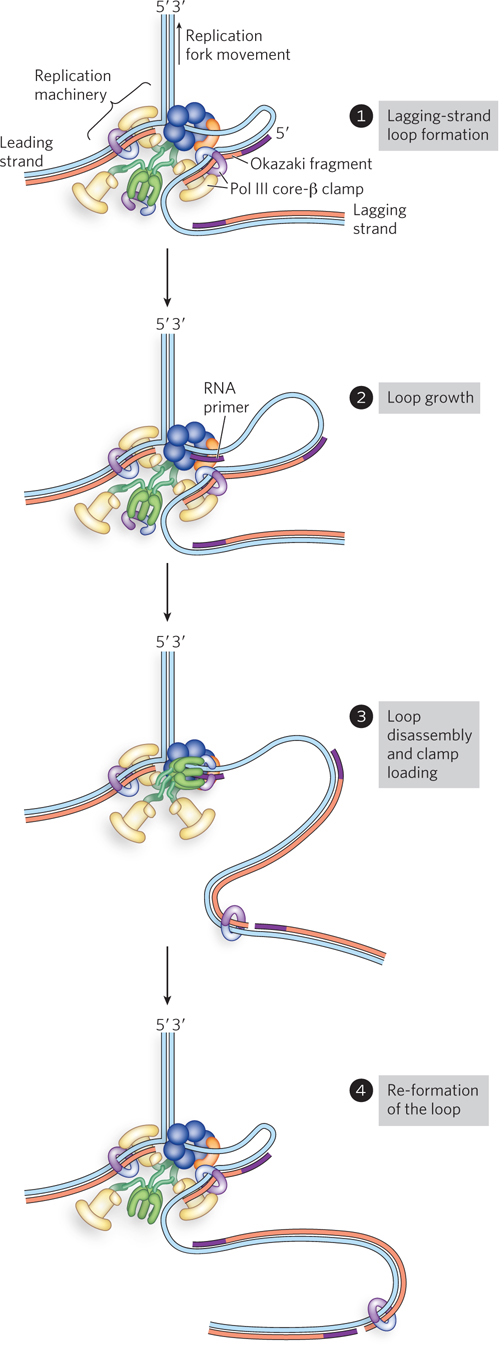
The trombone model of replication fork function. The lagging- g-